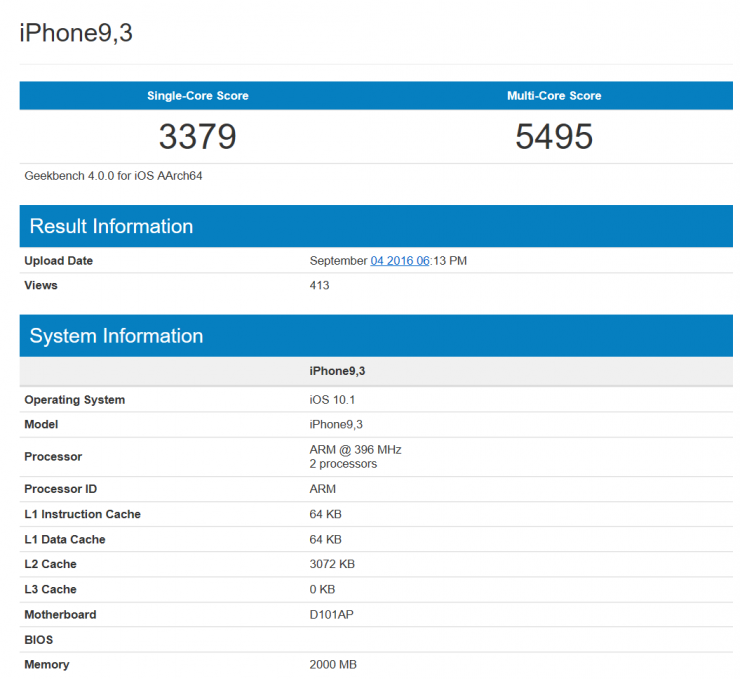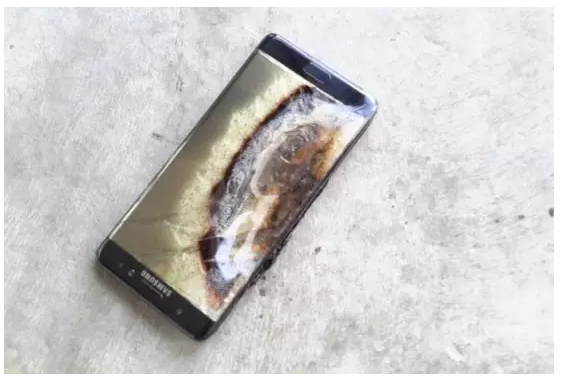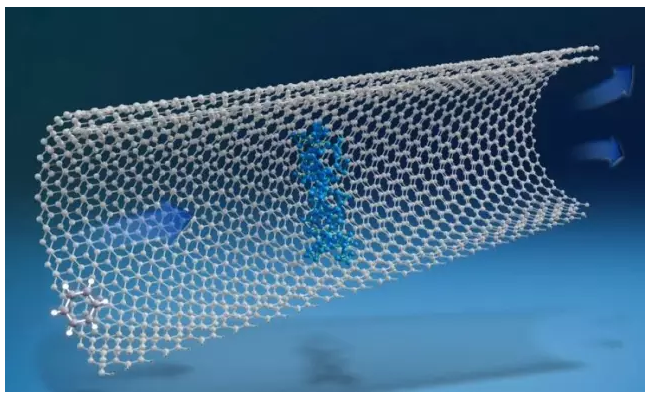iPhone 7 Plus Runs Off Site

September 5 news, according to technology site SlashGear reported yesterday, there are rumors that the iPhone 7 Plus will be configured with a clock frequency of 2.4GHz A10 processor, and a new addition to the name of piano black color. Today iPhone 7 Plus appeared on the running subsite GeekBench, demonstrating its impressive performance.
GeekBench's so-called iPhone9, 3 is considered iPhone 7 Plus, its single-core performance beat all competitors in one fell swoop. The iPhone 7 Plus core and multicore run points were 3379 and 5495, respectively. Exynos 8890 version of the Galaxy Note 7 single-core run is divided into 2067.66, which means that iPhone 7 Pluss single-core performance is more than 1300 points above Note 7.
The single-core running score of iPhone 7 Plus is also much higher than the 2562 of iPhone 6s Plus. Xiaolong 820 version of the Note 7 single-core run is only 1896. iPhone 7 Plus multi-core running is divided into 5495, far more than iPhone 4 plus 4404. It is worth pointing out that the iPhone 7 Plus that participated in the test only had 2GB of running memory. There were rumors that it would configure 3GB of running memory.
The Samsung's new flagship exploded during the recall

Samsung has already begun recalling Galaxy Note 7 globally due to a defect in batteries supplied by Samsung SDI, and Samsung has also discontinued Samsung SDI batteries. The National Bank version of Note 7 uses batteries supplied by China's ALT. This problem does not exist and sales are as usual. Only the first batch of thousands of people experience the exchange.
However, after the recall started, the tragedy is still being staged. Tham Hua, an overnight Australian reader of the Android Authority, put his Note 7 on the bedside and unfortunately exploded. The phone was completely destroyed and the hotel’s bed linen and carpets were also affected.

Tham Hua himself was okay, but his hand was burned when throwing the Note 7 that exploded. Afterwards, he contacted Samsung Australia for the first time. The other party did not hesitate and immediately gave him a new one. As for whether this is a non-original charger, the report did not mention it.
Intel 7nm process to skip tickets to 2022

Intel's previous recruitment notice also mentioned 7nm process products, and said that the time is scheduled for 2020 or later, and now there is a more explicit statement at this time point: 2022.
This means that if you want to see the Intel 7nm processor, you have to wait six years! Before that, Intel will continuously optimize 10nm, and it is expected to launch two optimized versions of 10nm+ and 10nm++. The just-released Kaby Lake claims to use the 14nm+ process.
Interestingly, AMD has just signed a five-year wafer supply contract with the foundry GlobalFoundries. It will join hands to skip the 10nm, go straight to the 7nm process, and should be implemented around 2020 on a schedule basis. Even considering that GlobalFoundries has not always been particularly reliable, AMD is expected to enter the 7nm era in almost the same time as Intel.
Of course, before that, AMD will have to use 14nm against its opponent's 10nm for many years.
Major breakthrough: graphene sheets can be made into porous materials with extremely strong strength by spark plasma sintering technology

A study led by scientists at Rice University in the United States showed that solid materials made from graphene sheets may be very suitable as bone implant materials. The personnel involved in this study used a spark plasma sintering technique to make graphene oxide sheets into porous solid materials. Compared with titanium, a traditional bone implant material, this porous material performs better in terms of mechanical properties and biocompatibility.
The researchers believe that this technology, combined with graphite molds, will be able to create very complex graphene materials that take less than a few minutes and are more convenient than special metals.
Moore's Law can continue? Carbon nano-transistors have been super silicon transistors

The toughest thing about the semiconductor industry is that Moore's Law is coming to an end. Researchers have to look for alternatives to silicon to improve semiconductor performance. Carbon nanotubes are considered one of the most likely alternatives to silicon.
Recently, the University of Wisconsin-Madison has made a breakthrough in the development of this material. The school's materials scientists have successfully developed a 1-inch-sized carbon nano-transistor, and for the first time exceeded both the performance of silicon transistors and GaAs transistor.
Carbon nano-transistor is a transistor made of carbon nanotubes as a channel conductive material, and its wall is only one atom thick. This material not only has good conductivity, but also can be 100 times smaller than current silicon transistors. In addition, the ultra-small space of a carbon nano-transistor allows it to rapidly change the direction of the current flowing through it, thus achieving a speed five times that of a silicon transistor or only one-fifth the power consumption of a silicon transistor.
So the question is, who will become the next generation of semiconductor materials, graphene and carbon nanotubes?
Samsung WELT belt will be produced in volume, the lowest price of 69 US dollars

At the recent International Consumer Electronics Show in Berlin, Samsung exhibited its smart belt product WELT and launched a crowdfunding campaign at Kickstarter. WELT debuted at the CES exhibition in January this year and was from Samsung's C-Lab.
At Kickstarter, the goal of WELT is to raise 30,000 U.S. dollars. At present, 249 supporters have contributed 25,000 U.S. dollars. WELT is divided into Casual, Classic and Premium three series, men and women have different styles, the lowest price is 69 US dollars, the estimated delivery time is January 2017.
WELT, short for "Health Belt," tracks three major health indicators: waist circumference, activity, and diet. For the activity, there is a pedometer on the belt that can record your steps and record how long it took. The official said that WELT's battery life can reach 20 hours, so it also needs a full charge every day.